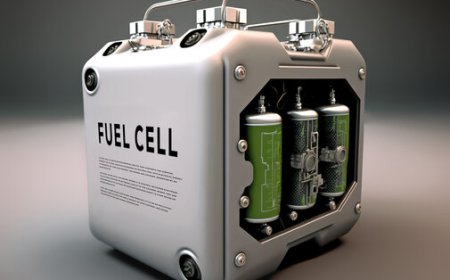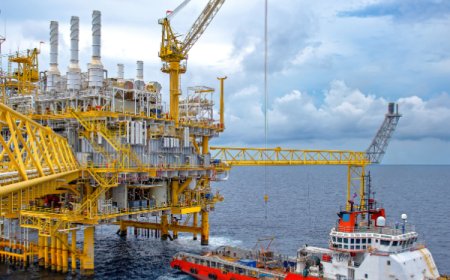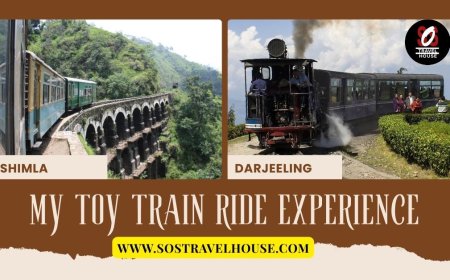Acute Mountain Sickness In Ladakh and How To Deal With It!
Acute Mountain Sickness In Ladakh is a real risk, but with the right preparation—acclimatizing, hydrating, eating right, and listening to your body—you can minimize its impact and enjoy your trip to Ladakh to the fullest. Plan your adventure and budget with our guide to the cost for Leh Ladakh bike trip, and make your journey safe, memorable, and worry-free.
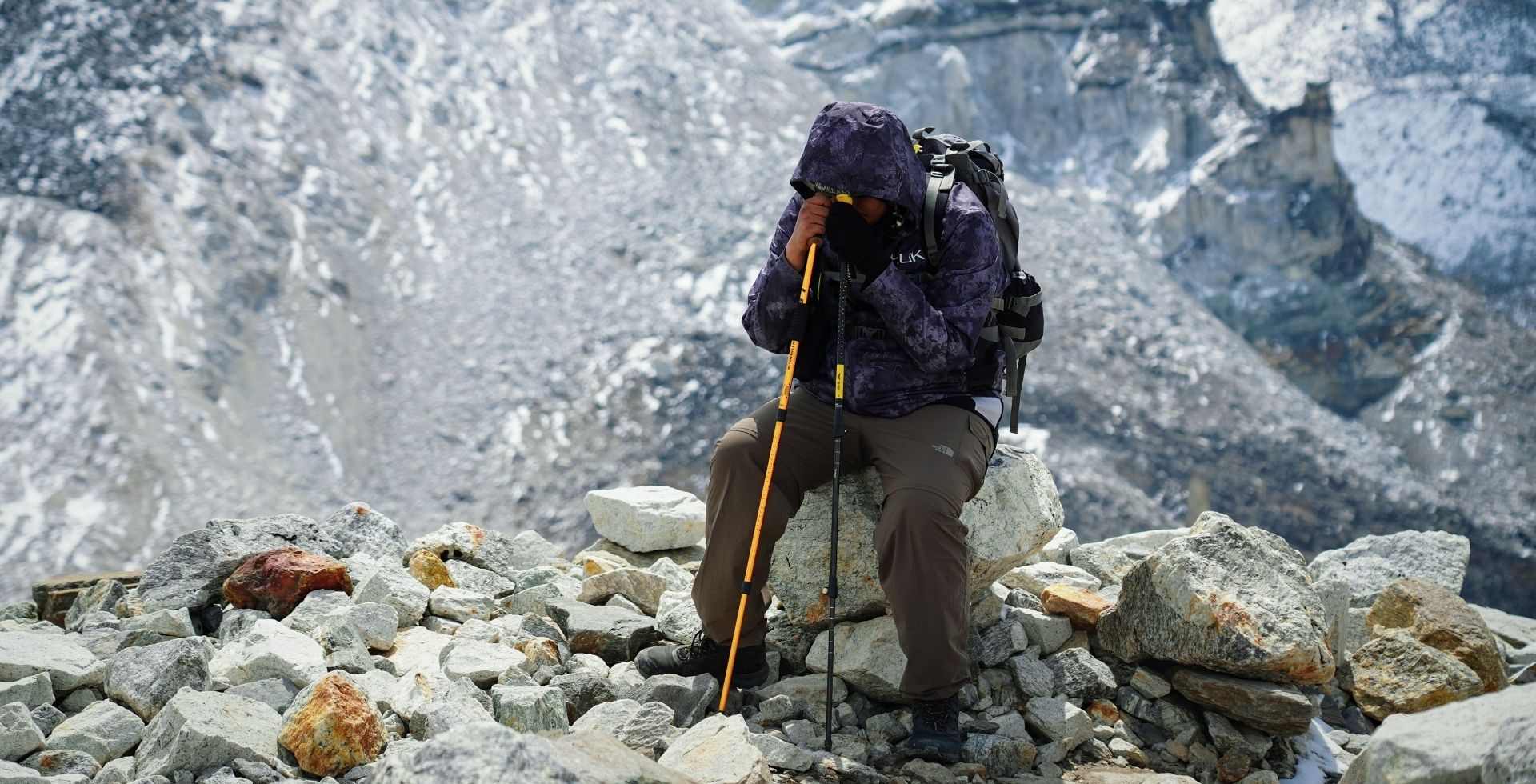
Ladakhs breathtaking landscapes and high-altitude adventures attract travelers from all over the world. But with its raw beauty comes a challenge every visitor should be prepared forAcute Mountain Sickness In Ladakh. After the first four lines, lets focus on the keyword: Acute Mountain Sickness In Ladakh. This condition, also known as AMS, can affect anyone, regardless of age or fitness, and is a real concern for anyone planning a trip to Ladakh. Understanding AMS, its symptoms, prevention, and treatment is crucial for a safe and enjoyable journey through the Himalayas.
What is Acute Mountain Sickness In Ladakh?
Acute Mountain Sickness occurs when your body struggles to adapt to the lower oxygen levels at high altitudes, typically above 2,500 meters. Leh, the entry point for most Ladakh adventures, sits at around 3,500 metersmaking AMS a common experience for new arrivals. Symptoms usually appear within hours of ascent and can range from mild to severe.
Recognizing the Symptoms of AMS
-
Headache
-
Nausea and vomiting
-
Dizziness or lightheadedness
-
Fatigue and weakness
-
Shortness of breath, especially with exertion
-
Loss of appetite
-
Trouble sleeping
In rare cases, AMS can progress to life-threatening conditions like High Altitude Pulmonary Edema (HAPE) or High Altitude Cerebral Edema (HACE), which require immediate descent and medical attention.
Why Does AMS Happen in Ladakh?
The air at high altitude contains less oxygen. When you ascend too quickly, your body doesnt have enough time to adjust, leading to AMS. Even fit and experienced trekkers can be affected, so its important to take precautions no matter your background.
How to Prevent Acute Mountain Sickness In Ladakh
-
Acclimatize Properly:Spend at least 48 hours in Leh or another high-altitude town before heading to even higher places like Nubra Valley, Pangong Lake, or Tso Moriri. Use this time to rest, hydrate, and explore Leh at a relaxed pace.
-
Ascend Gradually:If youre traveling by road, break your journey with overnight stops at increasing altitudes. Avoid rapid ascents whenever possible.
-
Stay Hydrated:Drink plenty of waterat least 3-4 liters per day. Herbal teas and clear soups are also helpful. Avoid alcohol and smoking, as they can worsen dehydration and AMS symptoms.
-
Eat Light, High-Carb Meals:Foods like fruits, vegetables, rice, and bread are easier to digest and provide energy for your body to adapt.
-
Limit Physical Exertion:Take it easy for the first couple of days. Avoid strenuous activities, trekking, or long hikes until your body adjusts.
-
Monitor Symptoms:Keep a close eye on how you feel. If you develop a headache, nausea, or fatigue, rest and do not ascend further until symptoms resolve.
-
Medication:Some travelers use acetazolamide (Diamox) as a preventive measure, but always consult a doctor before taking any medication.
What To Do If You Get AMS
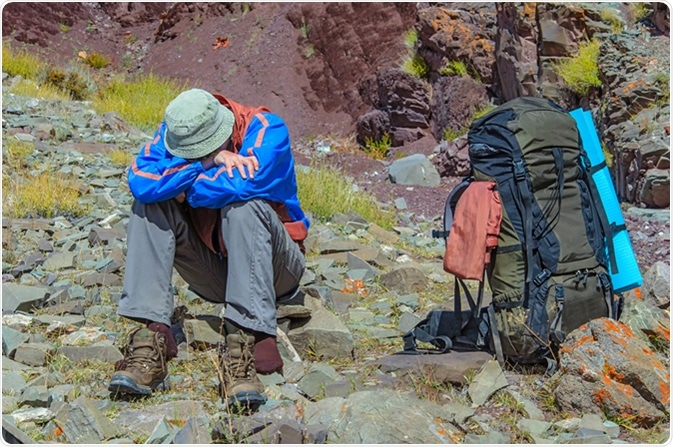
-
Rest:Stop ascending and rest at your current altitude. Most mild symptoms resolve in a day or two if you dont push yourself.
-
Hydrate:Continue drinking fluids and eat easily digestible foods.
-
Oxygen:If symptoms worsen, use a portable oxygen cylinder if available.
-
Descend:If you experience severe symptoms (difficulty breathing at rest, confusion, inability to walk), descend to a lower altitude immediately and seek medical help.
-
Medical Facilities:Leh has a hospital equipped to handle AMS emergencies. Always know the location of the nearest medical facility during your trip to Ladakh.
Extra Tips for a Safe Trip to Ladakh
-
Avoid sleeping at high passes or very high-altitude camps on your first night.
-
Use extra blankets instead of turning on heaters, as heaters can reduce oxygen in the room.
-
Sleep with your head slightly elevated for easier breathing.
-
Avoid heavy meals, anti-depressants, and sleeping pills unless prescribed by a doctor.
Cost For Leh Ladakh Bike Trip: All You Need To Know!
While preparing for the adventure of a lifetime, its important to consider thecost for Leh Ladakh bike trip. Expenses can vary depending on whether youre traveling solo, as a couple, or in a group, but heres a breakdown to help you plan your budget:
1.Bike Rental
-
Average cost: ?1,200?2,000 per day for Royal Enfield or similar bikes.
-
Additional costs for fuel, maintenance, and security deposit.
2.Permits and Entry Fees
-
Inner Line Permits: ?600?800 per person.
-
Environmental fees and camera charges at certain sites.
3.Accommodation
-
Budget guesthouses: ?500?1,000 per night.
-
Mid-range hotels: ?1,500?3,000 per night.
-
Luxury stays: ?5,000 and above.
4.Food
-
Daily food expenses: ?300?800 per person, depending on where you eat.
-
Local dhabas are cheaper, while restaurants in Leh and tourist spots may cost more.
5.Fuel
-
Leh to Leh circuit (approx. 1,2001,500 km): ?3,000?5,000, depending on bike and route.
6.Miscellaneous
-
Bike gear and accessories: ?2,000?5,000 (if not already owned).
-
Medical kit, portable oxygen, and personal expenses.
7.Group vs. Solo Travel
-
Traveling in a group can help split costs for accommodation, fuel, and permits.
-
Solo travelers should budget for higher per-person costs.
Estimated Total Cost
-
Budget trip:?18,000?25,000 per person for 710 days.
-
Comfort trip:?30,000?40,000 per person.
-
Luxury trip:?50,000 and above.
Sample Itinerary: Acclimatization and Adventure
Day 1-2:Arrive in Leh, rest, hydrate, and explore local sights at a relaxed pace
Day 3:Short rides to nearby monasteries, gentle walks
Day 4:Begin your bike trip to Nubra Valley or Pangong Lake
Day 5-7:Continue exploring, always monitoring your health and adjusting plans if AMS symptoms appear
Day 8-10:Return to Leh, enjoy local cuisine, shop, and relax
Why Preparation is Key for Ladakh
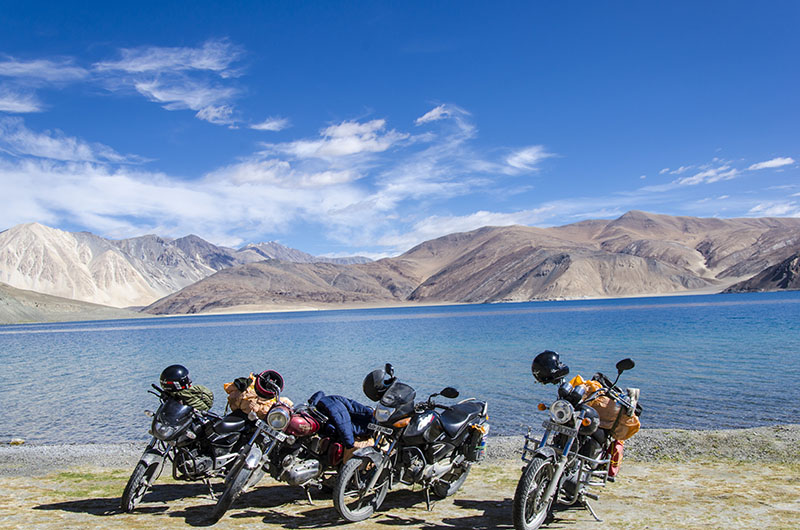
A trip to Ladakh is a dream for many, but its one that requires respect for nature and your own bodys limits. By understanding Acute Mountain Sickness In Ladakh and budgeting for the real cost for Leh Ladakh bike trip, youll set yourself up for a safe, thrilling, and truly unforgettable Himalayan adventure.



